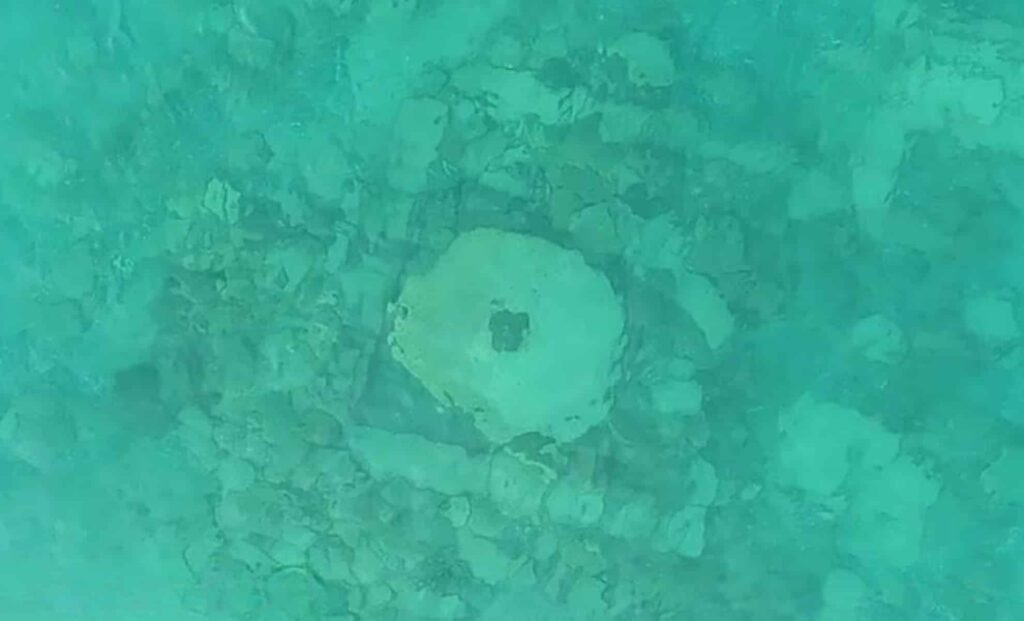Lake Issyk-Kul, one of the deepest lakes in the world, has long held secrets beneath its surface. The latest discovery by researchers from the Russian Academy of Sciences reveals the remains of a once-thriving settlement that was abruptly lost due to a natural disaster.
The area, once a key stop on the Silk Road, is now home to small villages, but its submerged history offers profound insights into the past. This discovery has captured the imagination of archaeologists and history enthusiasts, drawing comparisons to the legendary tale of Atlantis.
An Ancient Trading Hub Beneath the Surface
The submerged city at Toru-Aygyr is believed to have been an important commercial center along the Silk Road, where merchants traded goods such as silk, spices, and precious metals. Researchers have uncovered multiple fired-brick structures, including one with a large millstone used for grinding grain, suggesting a well-developed economy.
According to Valery Kolchenko, the expedition leader, the settlement was a significant trading hub that thrived before its sudden demise. The discovery of collapsed stone structures and wooden beams further points to a once-sophisticated urban environment.

This site provides a rare look at a medieval society that flourished and then disappeared almost overnight. As the Silk Road connected the Mediterranean and China, settlements like Toru-Aygyr were vital in facilitating cultural and economic exchange. The city’s role in this network has made it an invaluable find for understanding the history of Central Asia during the medieval period.
A Catastrophic Earthquake and the City’s Final Days
The city’s downfall came in the early 15th century, when a devastating earthquake struck the region, causing the settlement to sink beneath the waters of Lake Issyk-Kul. According to Kolchenko, the earthquake was comparable to the destruction of Pompeii, wiping out a thriving community in an instant. While the exact timing of the event remains unclear, experts believe the residents had already abandoned the area by the time of the disaster.


The earthquake altered the demographic and cultural landscape of the region. After the event, nomadic tribes settled in the area, and the prosperous urban civilization was lost to history. The city’s abrupt end serves as a sobering reminder of the forces of nature that can wipe out entire civilizations, leaving only traces behind.
Islamic Influence and Burial Grounds
Among the most fascinating discoveries at the submerged site are the remains of a Muslim necropolis and evidence of traditional Islamic burial practices. Archaeologists found several graves where the bodies were oriented in the direction of the Qibla, in accordance with Islamic customs. The necropolis, which dates back to the 13th and 14th centuries, adds another layer of cultural significance to the site.
In addition to the necropolis, researchers also identified a building that likely served as a mosque, madrassa, or bathhouse, reflecting the Islamic character of the settlement. These findings suggest that the city was not only an economic center but also a hub of cultural and religious activity. The discovery of these religious structures further reinforces the idea that Toru-Aygyr was a vibrant, multi-faceted city before its collapse.
As the excavation continues, researchers are sending samples for detailed analysis, including accelerator mass spectrometry dating, which will provide more precise information on the city’s timeline. This process will be crucial in answering lingering questions about the city’s rise, peak, and fall.

